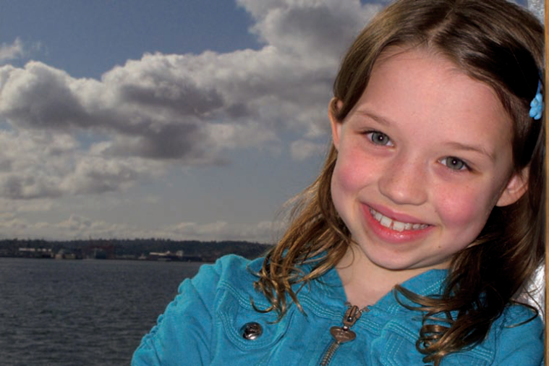Chapter 12. Portrait Photography
People are probably the most photographed subjects in the world simply because images of them — whether family, friends, or strangers — trigger so many emotions. Successful candid and portrait photography depends on many factors, but none is more important than the lighting and the setting. You may decide to work the natural light, use flash in a controlled environment such as a studio, or set up strobes outdoors. However you like to do it, managing and manipulating the light is paramount to making portraits that are satisfying to you and your subject. Using the time-honored skills of lighting, posing, and making a connection with the subject, photographers can create lasting images that have the potential to convey deep inner feelings. This chapter presents several styles of traditional portrait lighting for you to consider and some new ones, too, which enable you to produce honest portraits of life.

A quick snapshot of my daughter Brenna standing in front of a window in a hotel lobby with Seattle's Elliot Bay in the background. I dialed in −1 exposure compensation to darken the clouds and sky and made sure I was shooting at an angle to the glass so as not to get a reflection from the flash. Exposure: ISO 400, f/6.3, 1/2000 second.
Preparation and Considerations
There are many approaches to taking great pictures of people, whether you are shooting individuals, ...
Get Lighting Digital Field Guide now with the O’Reilly learning platform.
O’Reilly members experience books, live events, courses curated by job role, and more from O’Reilly and nearly 200 top publishers.

